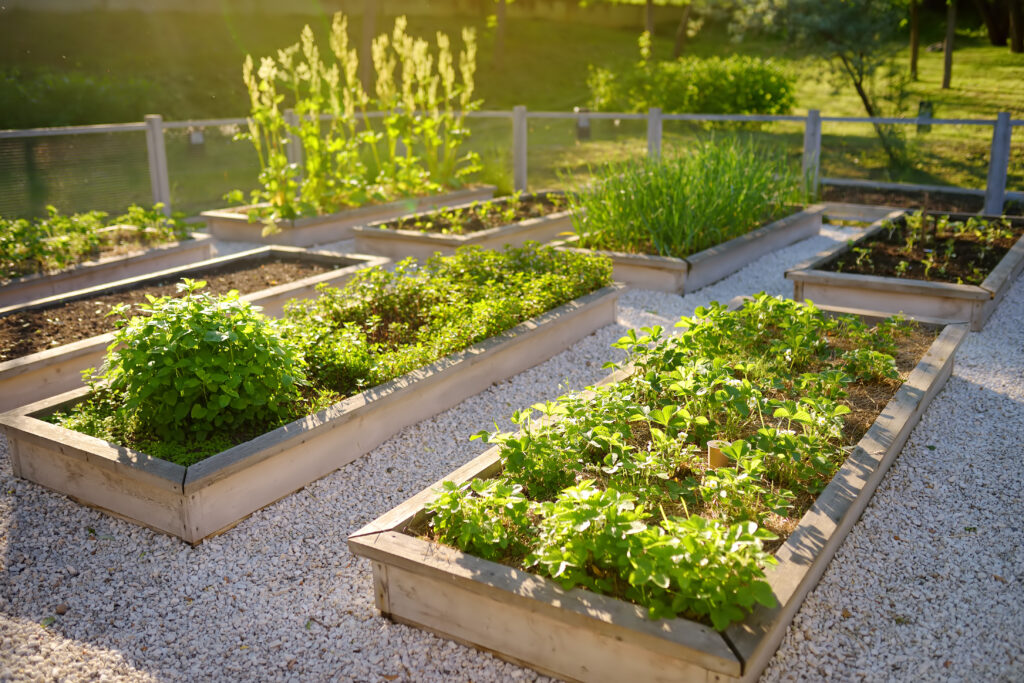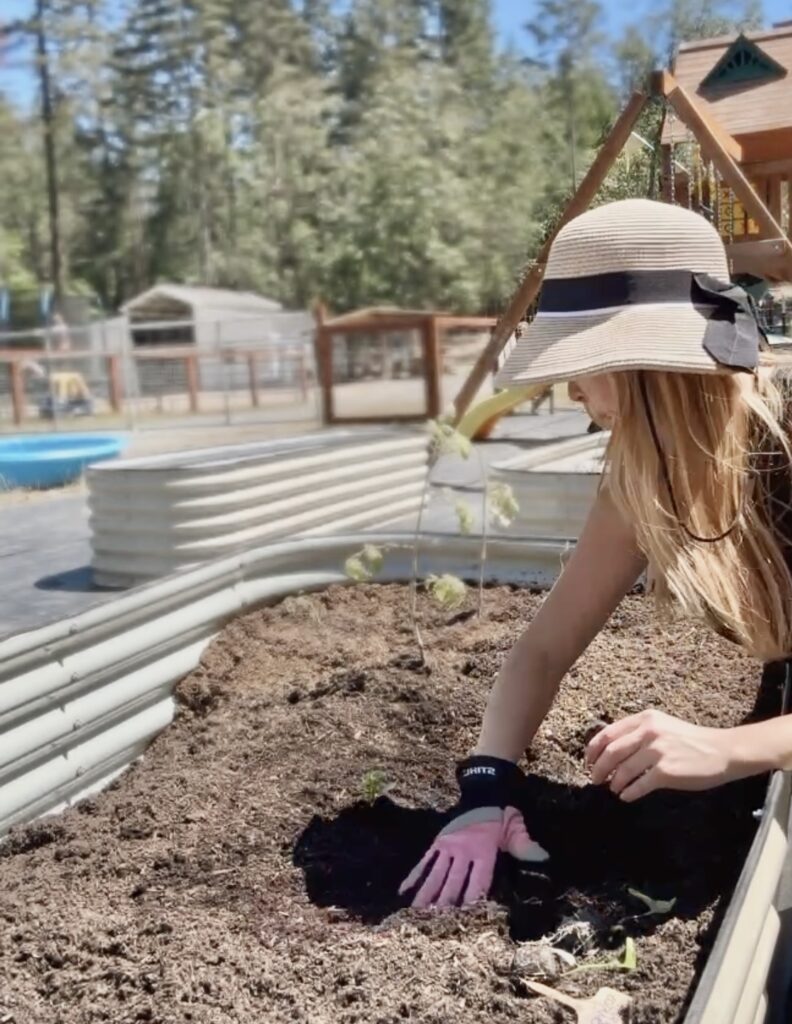
Garden planning can reduce the risk of wasted efforts like when you plant too early, and a surprise frost wipes you out. Plant too late, and you’re fighting heat stress, bugs, and low yields. One of the biggest lessons I’ve learned on my homesteading journey is that timing is everything. Whether you’re aiming to grow enough veggies to feed your family or just want to stretch your harvest season, this month-by-month planting guide will help you stay on track. Grab your planner, because we’re mapping out your self-sufficient garden for the whole year.
1. Why a Planting Guide Matters
A successful self-sufficient garden is all about succession planting — growing in waves to keep fresh food coming, preserving the extra, and rotating crops to protect your soil. A good calendar helps you:
- Start seeds at the right time.
- Plan for staggered harvests.
- Avoid empty garden beds.
- Stay ahead of pests and weather issues.
Personal tip: I hang a simple garden calendar on my fridge, so I always know what to seed, transplant, or harvest each week.
This post may contain affiliate links, please read our privacy policy for details.
2. Month-by-Month Garden Planning
Here’s a general timeline for a self-sufficient garden, assuming you’re in a moderate climate (zones 5-7). Adjust up or down if you’re further north or south!
January – Dream, Plan & Start Seeds Indoors
- Order seeds (heirlooms & storage-friendly varieties for self-sufficiency).
- Start onions, leeks, celery, and hardy greens indoors.
- Plan garden layout with crop rotation & companion planting in mind.
February – Seed Starting & Soil Prep
- Start peppers, tomatoes, and brassicas indoors.
- Check & amend compost pile.
- If ground isn’t frozen, test soil & amend if needed.
- Clean & repair tools.
March – Early Planting & More Seeds
- Direct sow peas, spinach, radishes, carrots, and onions outdoors.
- Transplant hardy greens into cold frames or raised beds.
- Start cucumbers, melons, and squash indoors.
- Begin succession planting of lettuce & spinach.

April – Full Garden Kickoff
- Direct sow beets, turnips, potatoes.
- Transplant cabbage, kale, and broccoli.
- Harden off & transplant early tomatoes & peppers if weather allows.
- Start beans, corn, and sunflowers in trays or soil blocks.
May – Warm Season Crops
- Direct sow beans, corn, cucumbers, zucchini, and sunflowers.
- Transplant tomatoes, peppers, eggplants.
- Start herbs in garden beds.
- Plant companion flowers like marigolds & nasturtiums.
- Continue succession planting every 2 weeks.
June – Peak Growing & Pest Watch
- Direct sow melons, pumpkins, okra.
- Harvest & preserve lettuce, radishes, peas.
- Keep weeds down with mulch.
- Watch for pests — hand-pick and use companion plants for natural pest control.
Personal tip: I check my plants daily — catching pests early saves so much heartache.
July – Harvest & Replant
- Harvest early crops like beans, cucumbers, and zucchini.
- Direct sow fall crops: carrots, beets, kale, and broccoli.
- Plant second rounds of lettuce & spinach for fall.
- Preserve! Start freezing, drying, or canning surplus.
August – Fall Prep & Storage Crops
- Direct sow radishes, turnips, spinach.
- Harvest & cure onions, garlic, potatoes for winter storage.
- Start cover crops like clover or buckwheat in empty beds.
September – Fall Harvest & Plant Garlic
- Harvest main crops like tomatoes, peppers, and squash.
- Plant garlic for next year.
- Sow hardy greens (spinach, mache) for late fall harvest.
- Preserve: make sauces, pickles, jams.
October – Clean Up & Cover Beds
- Finish harvesting pumpkins, carrots, beets.
- Plant cover crops to protect soil.
- Mulch empty beds with leaves or straw.
- Set up low tunnels for winter greens.
November – Put the Garden to Bed
- Final harvest of leeks, Brussels sprouts, and kale.
- Check stored crops for rot.
- Clean tools & sharpen blades.
- Start planning for next year!
December – Rest & Reflect
- Review garden notes — what worked, what didn’t.
- Dream up next year’s garden.
- Order seed catalogs and start making your wish list.
3. Seasonal Tips for Self-Sufficiency
- Plan for Preservation: Grow extra for canning, freezing, and drying.
- Choose Heirlooms: Save seeds to reduce costs each year.
- Succession Plant: Don’t just plant once — stagger for continuous harvests.
- Grow Storage Crops: Potatoes, onions, garlic, and winter squash store for months.
- Plan Pollinator Patches: Healthy gardens need bees and beneficial insects.
Personal tip: I always plant more than we need — pests, weather, and kids sneaking snacks always take their cut! Check out my most loved gardening tools here!
FAQs About Garden Planning
Planning your garden month-by-month helps you stay ahead of the seasons, maximize every inch of growing space, and keep fresh food coming all year long. Whether you’re planting a tiny backyard plot or a full-scale homestead garden, this guide will help you plant smart, harvest more, and waste less — the key to true self-sufficiency.
Take Care,
Linnea
